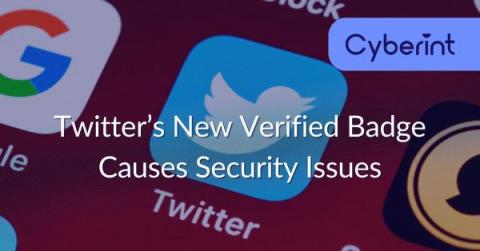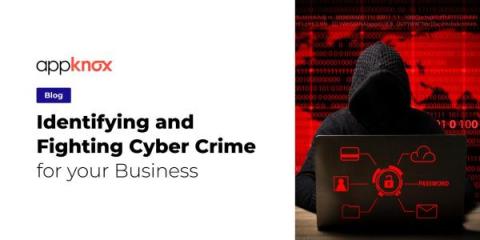Security | Threat Detection | Cyberattacks | DevSecOps | Compliance
Security
Curbing Rampant CEO Fraud in 2022
If it seems like you’re constantly hearing about cybercrime these days, there’s a reason for that. Globally, reports of cyberattack instances increased by a staggering 125% in 2021, a trend that shows no sign of slowing. As businesses and consumers turn their attention to cybercrime and protective measures, enterprising cybercriminals continue to fine-tune their approach to exploiting vulnerabilities. In fact, cybercrime is on track to become the world’s third-largest economy.
Fangxiao: A Phishing Threat Actor
Do you know what “fangxiao” means in simplified Chinese? Before you Google it, let me tell you that it stands for “imitate” and this is exactly what Fangxiao phishing campaign actors try to do – imitate and exploit the reputation of international, trusted brands by promising financial or physical incentives to trick victims into further spreading the campaign through WhatsApp.
EV Code Signing vs. Regular Code Signing: Difference to know
Digital security certificates such as code signing are a key ally of developers. They act as proof that your executables or applications are secure and haven’t been modified after signing. It makes your users feel secure and comfortable when installing and using your digital products. Obtained from a reputed Certificate Authority like Sectigo and Comodo, these certificates come in two variants: EV code signing certificate and regular code signing certificate.
7 Steps to Identifying and Fighting Cyber Crime for your Business
Cybersecurity is at the forefront as technology sees increasing adoption across multiple industry verticals. Organizations must prevent and fight cyber crime, but it can take over 200 days to detect a breach for many. This time frame increases the possible consequences of the breach and gives cybercriminals an opportunity to move laterally to other systems and exfiltrate the information they need. Once stolen, they may sell it to other cybercriminals who can use it for more nefarious means.
Mobile device DNA: what is and why should your MFA solution have it?
Multi-factor authentication adoption is booming. Regulatory pressures from different global initiatives, combined with companies making it a prerequisite to use their services and the rise in implementing the zero-trust model, have increased spending on this solution. The MFA market is estimated to be worth $12.9 billion and is expected to reach $26.7 billion by 2027, with an annual growth rate of 15.6% from 2022 to 2027.
Embedded Testing Tools: A Comprehensive Guide
Due to increasing connectivity and dependencies, modern embedded applications in many industries including automotive, aviation, and even automated cow brushes (no joke) are constantly growing more complex. This complexity comes with implications for embedded testing tools and requires plenty of manual effort, depending on the toolchain. From an operational perspective, many embedded industries are tightly staffed and work in long cycles with strict deadlines.
Stories from the SOC: Fortinet authentication bypass observed in the wild
Fortinet’s newest vulnerability, CVE-2022-40684, allowing for authentication bypass to manipulate admin SSH keys, unauthorized downloading of configuration files, and creating of super admin accounts, has put a big target on the backs of unpatched and exposed Fortinet devices.










